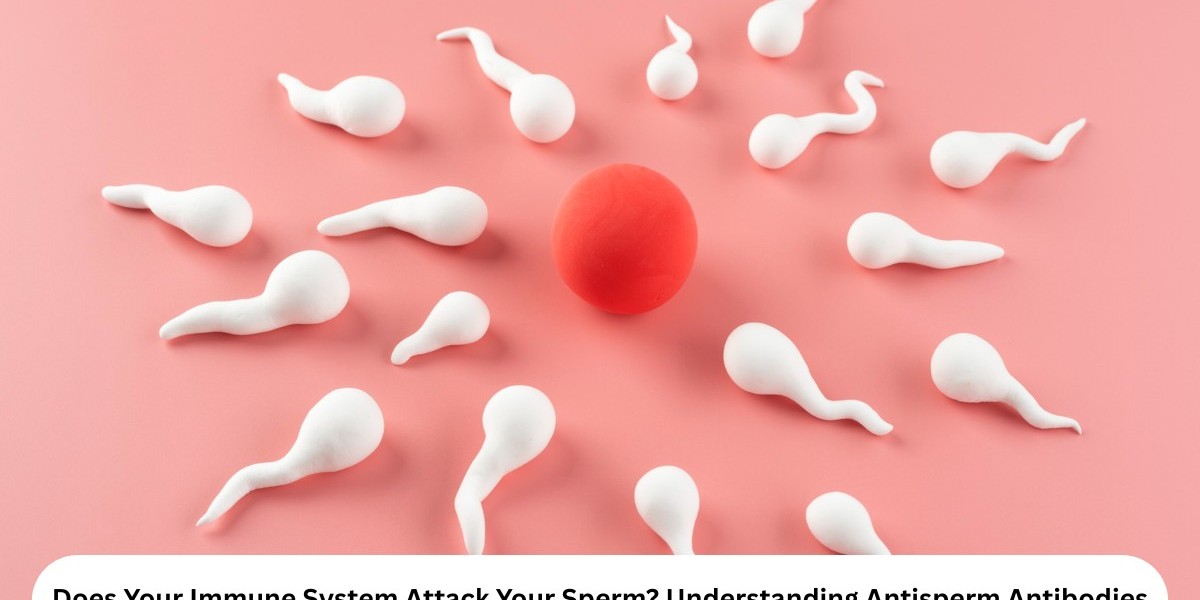ISO 15189 sets strict requirements for quality and competence in medical laboratories. An internal audit is a systematic review of laboratory processes to ensure they meet ISO 15189 standards and the laboratory’s own quality management system (QMS). By carefully planning and conducting internal audits, lab managers and quality officers can identify nonconformities, promote continuous improvement, and prepare for accreditation or re-accreditation. Before beginning the process, it can be helpful to review common pitfalls—see our article on the Top 10 Mistakes to Avoid During ISO 15189 Audits to strengthen your audit approach.
Objectives
- Verify compliance: Confirm that laboratory processes and documentation align with ISO 15189 requirements (both management and technical).
- Identify nonconformities: Detect gaps, errors, or deviations in procedures, equipment, and records.
- Ensure effectiveness: Evaluate whether the QMS is effective and whether technical processes consistently produce valid results.
- Promote improvement: Find opportunities to enhance quality, safety, and efficiency in the laboratory.
- Engage personnel: Encourage staff awareness of quality requirements and involve them in the laboratory’s quality culture.
Planning
- Define scope and criteria: Determine which areas, processes, and ISO 15189 clauses will be covered. Typical scope includes sample processing, equipment maintenance, document control, and personnel competence.
- Develop audit program: Establish an audit schedule that covers all laboratory functions over time. Use a risk-based approach: focus on high-impact processes or past problem areas, while ensuring every section is audited periodically.
- Select qualified auditors: Assign auditors who understand laboratory operations and ISO 15189 requirements. Auditors should be impartial (not auditing their own area) and trained in audit techniques.
- Prepare checklists and documents: Create an ISO 15189 audit checklist or plan referencing ISO 15189 clauses, the lab’s procedures, and quality objectives. Gather relevant documents (quality manual, SOPs, records, equipment logs, previous audit reports) for review.
- Notify stakeholders: Inform department heads and staff about the audit scope, schedule, and purpose. Ensure auditors have access to areas and records and that auditees understand the audit process.
Audit Execution
- Opening meeting: Start with a brief meeting including the audit team, department heads, and lab management. Clarify the audit objectives, scope, and schedule. Confirm communication channels and address any questions. Emphasize that the audit checks processes and identifies improvements, not blaming individuals.
- Review documentation: Examine procedures, manuals, records, and logs. Verify that documents are current, controlled, and accessible. Check equipment calibration and maintenance logs, quality control charts, personnel training records, and any recent corrective actions.
- Observe processes: Walk through laboratory areas and observe work as it happens. Review sample reception, labeling, preparation, analysis, and result reporting. Confirm that staff follow documented procedures and safety protocols. Verify environmental controls (temperature, cleanliness) and proper storage of reagents and consumables.
- Conduct interviews: Ask staff to explain their roles and procedures (for example, how they verify test results or handle nonconforming samples). This confirms personnel competence and awareness of responsibilities.
- Verify technical requirements: Evaluate technical aspects such as method validation, calibration traceability, and quality control. Check that instruments are calibrated against standards and that measurement uncertainty and reference ranges are addressed. Ensure proficiency testing or interlaboratory comparisons are up to date.
- Collect evidence and note findings: Gather objective evidence (records, observations, data) for compliance or deviations. Distinguish major nonconformities (critical failures affecting result validity or compliance) from minor issues (such as occasional documentation errors). Also note any best practices or strong performance.
- Closing meeting: Summarize audit findings with auditees and management. Discuss identified nonconformities, observations, and positive points. Agree on preliminary corrective actions and timelines. Clarify next steps and when the final audit report will be shared.
Reporting
- Audit report content: Prepare a formal report that includes the audit scope, objectives, methods, and criteria. Summarize key observations and list each finding with a clear description and reference to the relevant requirement.
- Findings classification: Clearly distinguish major and minor nonconformities. For example, a major nonconformity might be a systemic failure (e.g., critical equipment not calibrated), whereas a minor nonconformity might be a single missed record. Support each finding with objective evidence (such as logs, data, or observations).
- Recommendations: For each finding, suggest corrective actions or improvements. This could involve revising procedures, retraining staff, calibrating equipment, or tightening controls. Also highlight areas where the laboratory is performing well.
- Conclusion and distribution: Conclude whether the audited areas conform to ISO 15189 standards. Distribute the report to laboratory management, the quality team, and relevant department heads as defined by the audit program.
Follow-Up
- Corrective action plans: Analyze each nonconformity to determine root causes. Develop clear action plans with assigned responsibilities and deadlines.
- Implement changes: Carry out corrective actions (for example, update a procedure, perform equipment calibration, or provide additional training). Document all steps taken.
- Verify effectiveness: After implementation, verify that the issue is resolved. This may involve a follow-up audit or review of records to ensure compliance.
- Record closure: Maintain documentation of corrective actions and their verification as part of the quality records. Ensure that completed actions and closed nonconformities are reviewed in management reviews.
- Continuous improvement: Use audit results and follow-up data as inputs for management reviews. Adjust future audit focus based on recurring issues or changes in laboratory processes.
Performing thorough internal audits helps laboratories maintain ISO 15189 compliance and continuously improve their quality management system. A disciplined audit cycle – from planning and execution to reporting and follow-up – ensures that both quality management and technical requirements are met and that the laboratory is well-prepared for accreditation evaluation.








